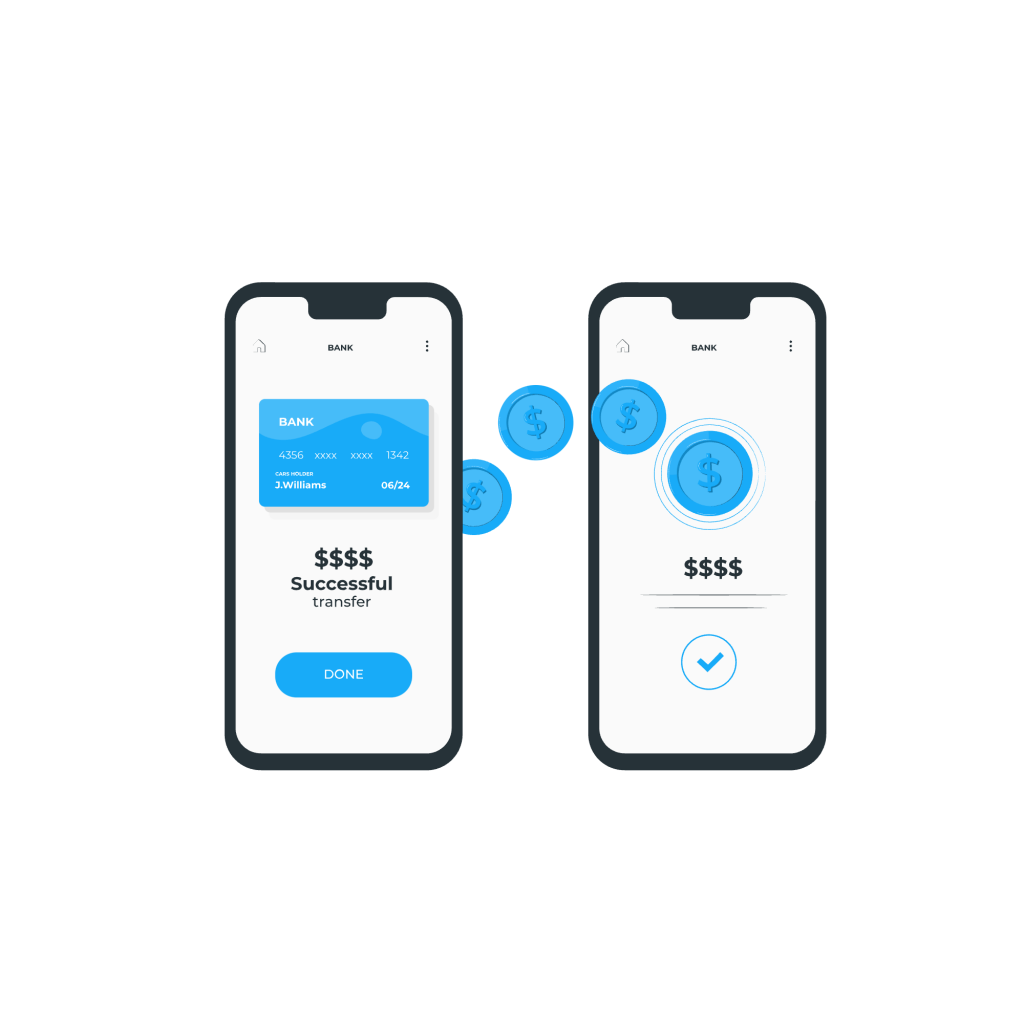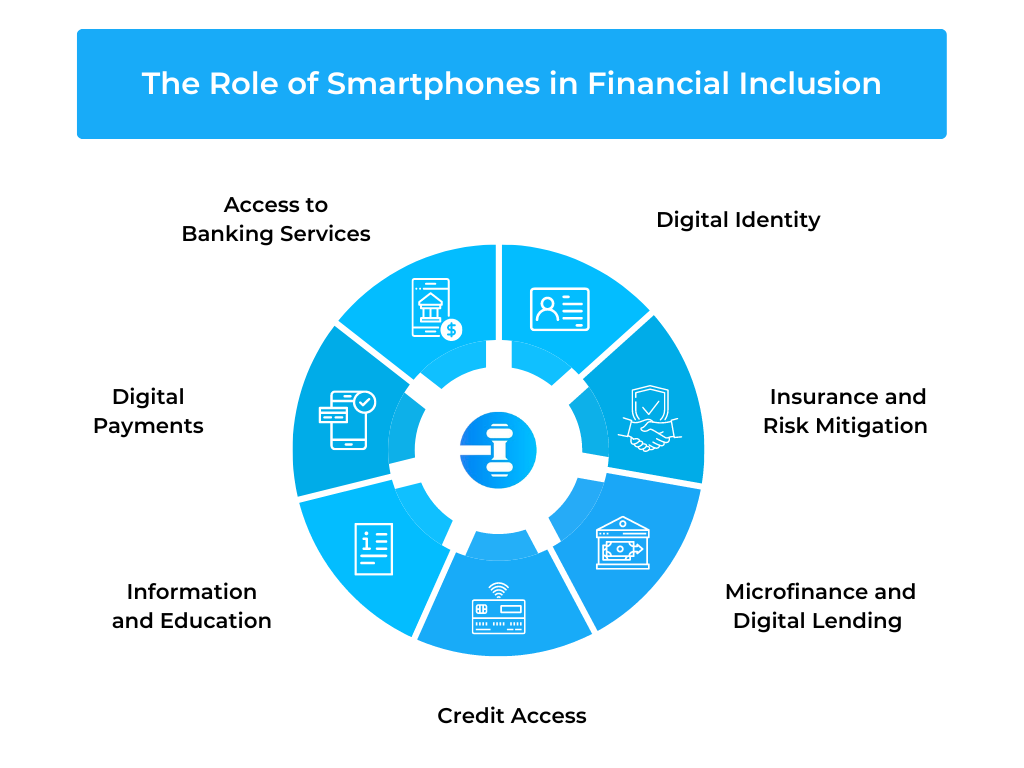Unlocking Financial Inclusion: Overcoming the Smartphone Barrier in Loan Repayments

In today’s digital era, smartphones have become powerful tools that facilitate access to a wide range of services, including financial transactions. However, despite the widespread adoption of smartphones, a significant barrier still exists when it comes to unlocking financial inclusion.
Many individuals, especially in developing countries, struggle with using smartphones for essential financial activities, such as loan repayments. This article delves into the challenges faced by underserved populations in utilizing smartphones for loan repayments and explores innovative solutions that can bridge the gap.
By addressing the smartphone barrier, we can pave the way for enhanced financial inclusion, empowering individuals to participate fully in the financial ecosystem and unlock opportunities for economic growth and prosperity.
The Growing Importance of Financial Inclusion
Financial inclusion has emerged as a critical global goal in recent years. With an estimated 1.7 billion adults worldwide still lacking access to formal financial services, the need for inclusive financial systems has become increasingly evident.
Financial inclusion plays a pivotal role in reducing poverty, fostering economic growth, and promoting social development. It enables individuals to save, invest, and protect themselves against unforeseen risks, ultimately empowering them to improve their livelihoods.
Recognizing its significance, governments, international organizations, and financial institutions have prioritized initiatives to expand financial access and services to marginalized populations. By unlocking financial inclusion, societies can foster greater equality, resilience, and sustainable development for all.
The Role of Smartphones in Financial Inclusion

Smartphones have revolutionized the way people access and engage with financial services, playing a pivotal role in advancing financial inclusion. With their widespread adoption and affordability, smartphones have become powerful tools for individuals, particularly in underserved communities, to connect to formal financial systems. Here are some key roles smartphones play in promoting financial inclusion:
Access to Banking Services
Smartphones enable users to access banking services through mobile apps, allowing them to open accounts, make transactions, and manage their finances conveniently.
Digital Payments
With mobile payment apps, smartphones facilitate secure and convenient digital transactions, reducing reliance on cash and enabling financial transactions even in remote areas.
Information and Education
Smartphones provide access to financial information and educational resources, empowering individuals to make informed decisions about savings, investments, and financial planning.
Credit Access
Mobile apps and platforms leverage smartphone data to assess creditworthiness, enabling individuals with limited credit histories to access formal credit and loans.
Microfinance and Digital Lending
Smartphones facilitate microfinance and digital lending platforms, making it easier for underserved populations to access small loans, fostering entrepreneurship and economic empowerment.
Insurance and Risk Mitigation
Mobile insurance apps enable individuals to protect themselves against risks and access insurance products that were previously inaccessible to them.
Digital Identity
Smartphones can serve as digital identity tools, allowing individuals to prove their identity and access financial services even without traditional identification documents.
The Smartphone Barrier in Loan Repayments
Despite the numerous benefits smartphones bring to financial inclusion, there are still significant barriers when it comes to loan repayments. The smartphone barrier refers to the challenges faced by individuals, particularly in underserved communities, in effectively utilizing smartphones to repay their loans. Some key aspects of the smartphone barrier in loan repayments include:
Limited Digital Literacy
Many individuals lack the necessary digital skills and knowledge to navigate loan repayment platforms and understand the processes involved. This hinders their ability to make timely and accurate repayments through smartphone apps.
Connectivity and Network Issues
In remote or rural areas, limited internet connectivity and unreliable network coverage pose challenges for individuals trying to access loan repayment platforms via their smartphones. This can result in delayed or failed repayments.
Language and User Experience
Poor user experience, complex interfaces, and language barriers within loan repayment apps can impede users from effectively understanding and using the platforms, hindering their repayment capabilities.
Trust and Security Concerns
Some individuals may have concerns about the security of their financial information when using smartphone apps for loan repayments. Lack of trust in digital platforms can deter users from adopting smartphone-based repayment methods.
Access to Smartphones
While smartphone penetration has increased, there are still individuals who do not have access to smartphones or own older models that may not be compatible with loan repayment apps. This lack of device ownership or outdated technology creates barriers to repayment.
Innovative Solutions to Overcome the Smartphone Barrier
To overcome the smartphone barrier in loan repayments and promote financial inclusion, innovative solutions have emerged that address the specific challenges faced by underserved populations. These solutions include:
Simplified Mobile Apps
Designing user-friendly loan repayment apps with intuitive interfaces and simplified processes can make it easier for individuals with limited digital literacy to navigate and utilize the platforms effectively.
Multilingual Support
Incorporating multilingual features within loan repayment apps ensures that individuals from diverse linguistic backgrounds can access and understand the platforms in their native languages, reducing language barriers.
Digital Literacy Programs
Implementing targeted digital literacy programs and training initiatives can equip underserved populations with the necessary skills to use smartphones for loan repayments, empowering them to engage confidently with digital financial services.
Offline Functionality
Developing loan repayment apps that offer offline functionality can address connectivity challenges faced by individuals in areas with limited internet access. Offline features enable users to make repayments and update their loan status when they have network connectivity.
Biometric Authentication
Leveraging biometric authentication, such as fingerprint or facial recognition, provides a secure and convenient method for individuals to authenticate loan repayments on their smartphones, eliminating the need for complex passwords or PINs.
Collaborations with Mobile Network Operators
Partnering with mobile network operators can ensure improved network coverage and connectivity in underserved areas, enabling individuals to access loan repayment apps reliably.
Peer-to-Peer Support Networks
Establishing peer-to-peer support networks within communities can foster trust, provide guidance, and share knowledge about using smartphone-based loan repayment apps, addressing concerns and building confidence.
Gamification and Incentives
Incorporating gamification elements and incentives within loan repayment apps can encourage individuals to consistently engage with the platforms, making loan repayment processes more engaging and rewarding.
Partnerships with Microfinance Institutions
Collaborating with microfinance institutions can leverage their established networks and expertise to reach underserved populations, providing them with accessible loan repayment options tailored to their needs.
Government Policy and Regulation
Governments can play a crucial role by implementing supportive policies and regulations that encourage the development and adoption of smartphone-based loan repayment solutions, ensuring an enabling environment for financial inclusion.
Leveraging Mobile Payment Platforms
Leveraging mobile payment platforms is a key strategy to overcome the smartphone barrier in loan repayments and promote financial inclusion. By integrating loan repayment systems with popular mobile payment apps, borrowers can conveniently make repayments using their smartphones.
These platforms offer multiple payment options, enhanced security, transaction notifications, and real-time tracking, ensuring a seamless and secure repayment experience. Leveraging the wide user base of mobile payment platforms, collaborations with financial institutions and government agencies can extend access to underserved populations, empowering them to participate in the digital financial ecosystem and fostering inclusive economic growth.
Promoting Digital Literacy and Skill Development
Promoting digital literacy and skill development is crucial to overcoming the smartphone barrier in loan repayments and advancing financial inclusion. By offering targeted training programs and educational initiatives, individuals from underserved populations can acquire the necessary digital skills to navigate loan repayment apps effectively.
These programs focus on improving digital literacy, understanding mobile financial services, and building confidence in using smartphones for financial transactions. By empowering individuals with the knowledge and skills to leverage digital tools, they can overcome barriers, participate actively in the digital economy, and make timely loan repayments, ultimately enhancing their financial stability and inclusion.
Conclusion
In conclusion, unlocking financial inclusion and overcoming the smartphone barrier in loan repayments require innovative solutions, such as leveraging mobile payment platforms and promoting digital literacy. By addressing these challenges, we can create a more inclusive financial ecosystem that empowers underserved populations and fosters economic growth and resilience.